With the development of technology, LEDs have become a popular lighting choice for indoor plants.
Though they are convenient and offer many benefits, there is some confusion about whether or not led grow light will hurt your plants.
In this blog post, we’ll explore some of the most common myths associated with LED plant lights and give you a clear answer to this question once and for all!
What Is Plant Lighting?
Plant lighting is any artificial light that can be used to grow plants indoors. There are many different types, including incandescent bulbs (which have a low lumen output), compact fluorescent bulbs, and LEDs, which offer some unique benefits over the other two options.
What are LED Plant Lights? and How do LED Grow Lights Work?
LEDs were first developed in the 1920s and have been used in a variety of applications since. The first commercial use was as display screens for digital clocks, but they are also widely used in traffic signals, car headlights, and emergency vehicle indicators.
LED plant lights work by emitting specific wavelengths or colors that plants need to grow well-referred to as the ‘light spectrum.’ The number of wavelengths emitted differs from type to type, which is why some plants grow better under LEDs than others.
Why are LEDs Better Than Other Types of Light Bulbs?
LEDs offer several benefits over other types of plant lights:
- They are energy efficient and use long-lasting bulbs that can last for years
- They emit deficient heat, so they don’t need air conditioning
- They are easy to mount-they can be attached to the roof or walls of a grow room with screws
- The lights themselves only cost about $50 each, which is considerably less than other types.
LED Vs. HPS
When it comes to LED vs. fluorescent grow lights vs. HPS lights, the best choice for plants will depend on their needs:
- If you’re looking for a plant light that can help your plants grow quickly in a short period of time, then an HPS may be better
- HIDs offer higher lumen outputs than LEDs and are more commonly used for professional applications.
- If you’re looking for a plant light that provides the perfect balance of high quality and low cost, then an LED will be your best choice!
Are LEDs Dangerous for Plants?
LED lights are not harmful to healthy plants in any way—they can even help them grow better! The only thing they are potentially dangerous for is seedlings.
When it comes to LED lights and plants, the only thing you need to worry about is their wavelengths or color spectrum.
When experimenting with different wavelengths or colors, be sure not to use any that could harm your plant: blue (which inhibits powdery mildew) or red/purple, which can cause leaf burn.
However, LED lights can encourage a plant’s vegetative phase by emitting specific colors such as red or blue.
If you’re looking for a plant light to help your plants grow quickly in the vegetative phase, then an LED is the best choice.
How to Use Your New LED Grow Light Correctly and Efficiently
- Experiment with different light intensities to see which works best for your plants: low intensity or high. For example, if you start at a relatively high intensity and find that the leaves are curling up towards the lights, then lower it down until they perk back up.
- Start by setting your timer so that you’re giving your plants 12 hours of light and 12 hours without. Then, over time, shorten the dark cycle gradually to help your plants get used to being in continuous light.
- When adjusting your LED’s color, take care only to adjust them up or down in increments of five. This will help maintain the balance of light that your plants need.
- Finally, be sure not to overheat your plant lights: LEDs are low heat and don’t require an air conditioner, but if you notice they’re getting too warm, back off the intensity or move them up a few inches from your plants.
Drawbacks and Disadvantages of Using LEDs as Plant Lighting
- The biggest drawback of LEDs is that they do not emit light at the wavelengths that are best for germinating seeds and growing them into young seedlings. So if you’re looking to grow plants from seed, then an HPS lamp is more appropriate.
- LED lights are also not as bright as HPS or MH lights, so if you’re looking to grow large plants with high yields, it would be better to use a different type of light.
- LEDs are the way to go if you want your plants to get the optimum balance of intensity and cost. If you’re looking for plants with high yields or quick growth rates, though, HPS is a better choice.
Tips on Choosing the Best Type of Light Bulb for Your Plant Needs
- The only way to determine which type of light is best for your plants is by experimenting with different types.
- “If you’re in a pinch and don’t have time to experiment, look for LED lights that emit white or blue wavelengths.”
Conclusion
In this blog post, we’ve discussed the benefits and risks of using LED grow lights in your garden. We hope you can use these points to help make an informed decision about whether or not they are a good choice for your plants.
Ultimately, only you know what is best for your plants at home. The most important thing while choosing which lighting option will work best for your needs is that it provides enough light to promote healthy growth without compromising plant health!

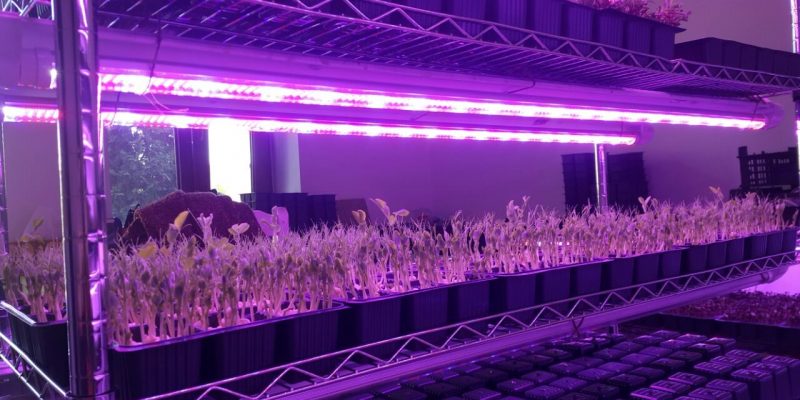
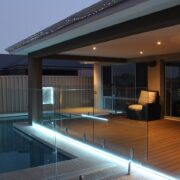

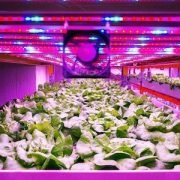
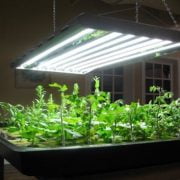
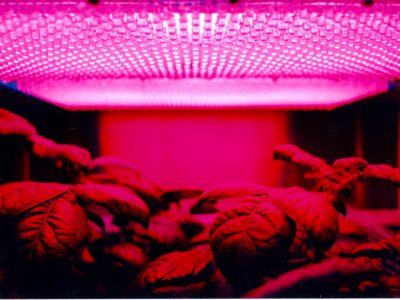
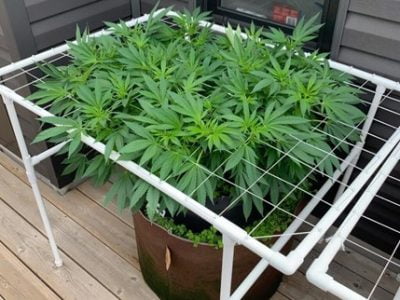
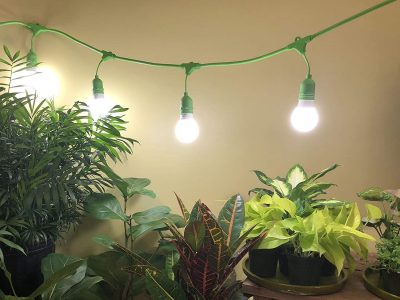
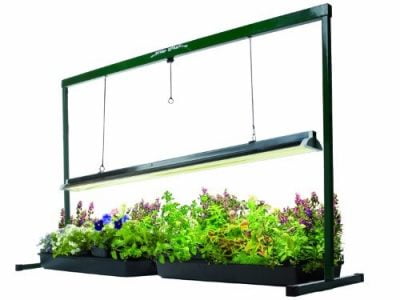


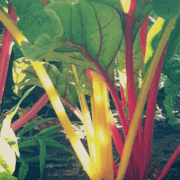
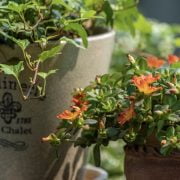
Comments